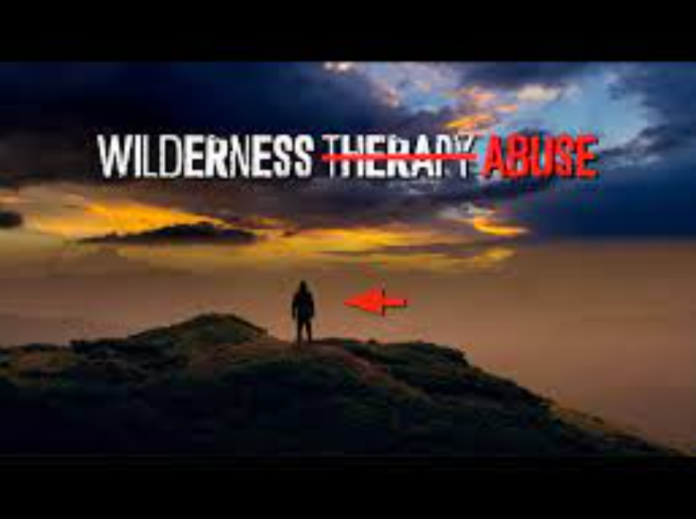Wilderness therapy, a form of therapeutic intervention that combines outdoor activities with clinical interventions, has gained popularity in recent years as an alternative for troubled individuals. While many participants have positive experiences and find healing in the wild, it is important to acknowledge the existence of horror stories associated with this approach. This article aims to shed light on the dark side of wilderness therapy, detailing some unsettling and controversial instances that have occurred in this field.
Case Study 1: Negligence and Abuse
In one shocking case, a wilderness therapy program was exposed for negligence and abuse. Participants reported being subjected to extreme physical exertion, malnourishment, and harsh punishments. Some alleged that staff members ignored their complaints, resulting in serious injuries. The incident raised questions about the lack of oversight and accountability within the industry, highlighting the need for comprehensive regulations to ensure the safety and well-being of participants.
Case Study 2: Environmental Hazards
While the wilderness offers a unique therapeutic setting, it also presents inherent dangers that can be exacerbated by inadequate planning and precautionary measures. Several cases have been documented where participants were exposed to severe weather conditions, hazardous wildlife encounters, and dangerous terrains. Incidents like these emphasize the importance of proper risk assessment and preparation in wilderness therapy programs, as failure to do so can lead to life-threatening situations.
Case Study 3: Lack of Qualified Staff
Wilderness therapy programs often rely on a team of mentors and therapists to guide participants through their journey. However, instances have emerged where individuals with insufficient qualifications were entrusted with the care of vulnerable individuals. In some cases, untrained staff members lacked the necessary skills to navigate emergencies, provide appropriate emotional support, or handle challenging situations, jeopardizing the well-being of participants. These stories highlight the necessity of stringent hiring practices and proper training to maintain high standards of care in wilderness therapy programs.
Case Study 4: Emotional Manipulation and Exploitation
Some horror stories involve participants who felt manipulated or exploited by the therapeutic staff. Allegations range from therapists using personal vulnerabilities against participants to programs capitalizing on personal traumas for financial gain. These instances shed light on the potential for abuse of power within wilderness therapy programs, emphasizing the importance of ethical guidelines and professional boundaries to safeguard the emotional well-being of participants.
Conclusion:
While wilderness therapy can provide profound healing experiences for troubled individuals, it is crucial to acknowledge and learn from the horror stories associated with this approach. These cases call for enhanced regulations, thorough risk assessments, standardized training for staff, and strict ethical guidelines within the industry. By addressing these concerns head-on, wilderness therapy has the potential to evolve into a safer and more effective tool for helping individuals heal and grow in the wild.

